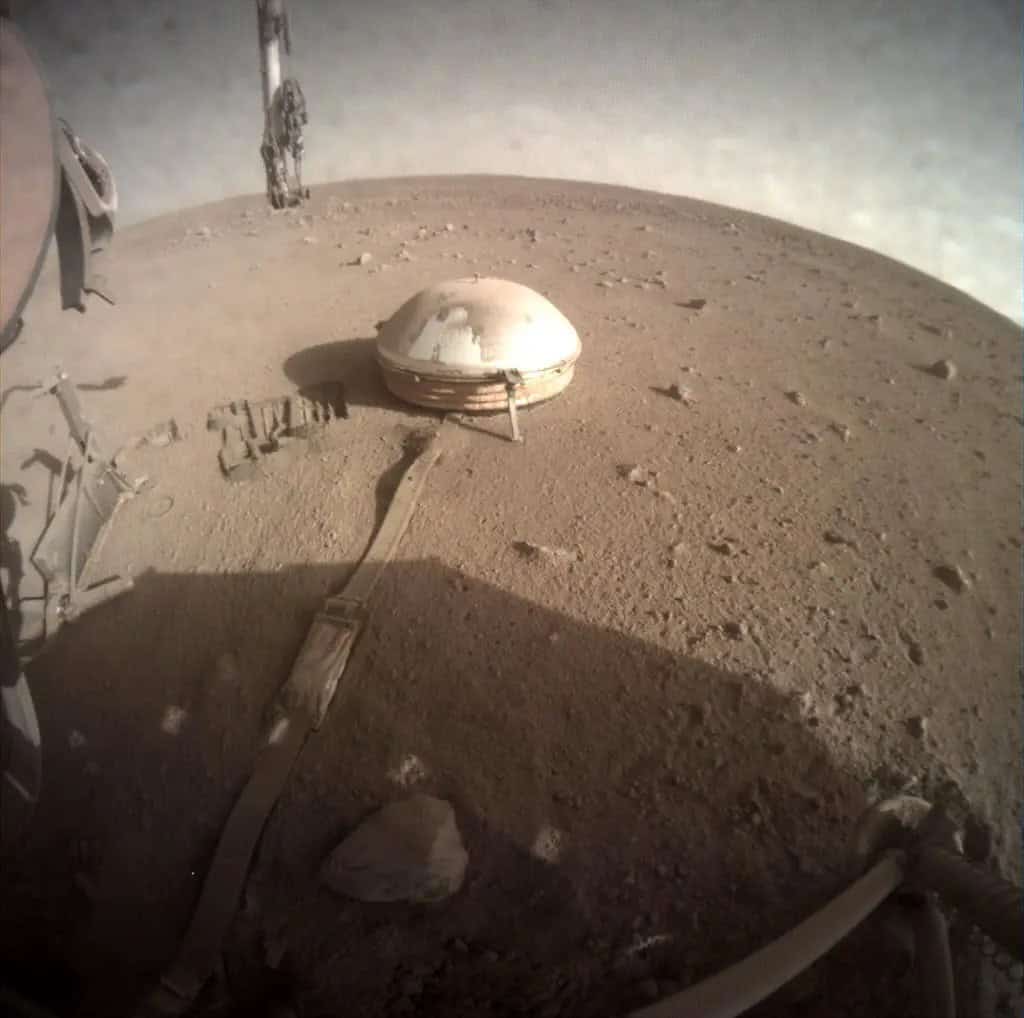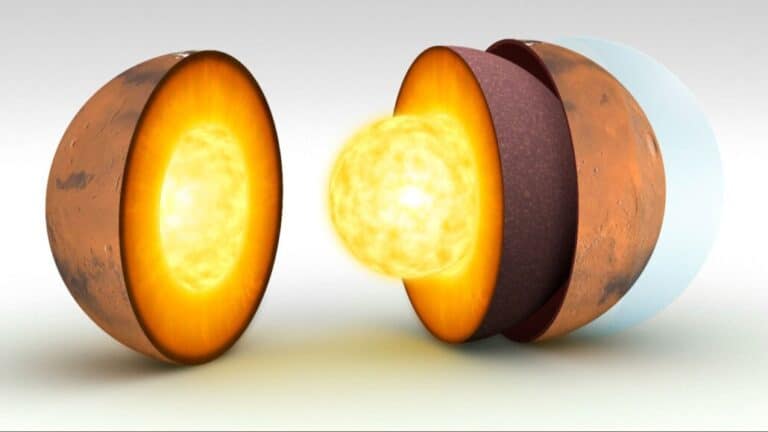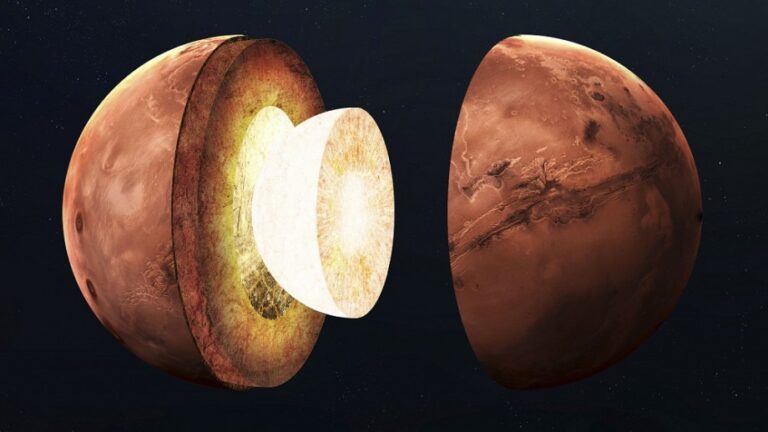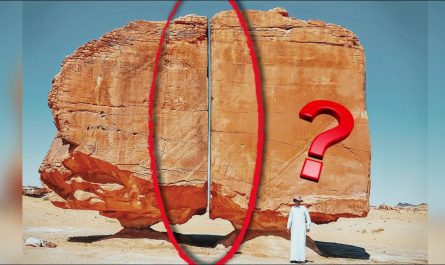I just came across some mind-blowing news about Mars that’s got me geeking out! Scientists have been eavesdropping on the Red Planet’s core using seismic waves, and what they’ve found is giving us a whole new look at what’s going on inside Mars. Picture this: sound waves traveling through the heart of another planet, revealing secrets about its liquid core. It’s like something straight out of a sci-fi novel, but it’s real, and it’s helping us piece together how Mars came to be. Here’s what I learned from this incredible discovery.

Listening to Mars’ Heartbeat
For the first time ever, researchers have detected seismic waves—basically sound waves caused by quakes or impacts—traveling through Mars’ core. This groundbreaking study, led by the University of Bristol and published in the Proceedings of the National Academy of Sciences, shows that Mars’ liquid core is a bit smaller and denser than we thought. It’s not just a big ball of iron either; it’s packed with sulfur and smaller amounts of other elements like oxygen, carbon, and even a dash of hydrogen. These findings are a big deal because they give us clues about how Mars formed and evolved into the dusty red world we know today.
How Did They Do It?
This all comes from NASA’s InSight lander, a robotic explorer that’s been sitting on Mars’ surface since 2018, listening for “marsquakes” and other rumbles with its super-sensitive seismometer. Despite getting caked in Martian dust (which isn’t great for its solar panels), InSight kept going way past its planned two-year mission, collecting data until late last year. That extra time was a game-changer, letting scientists pick up signals from two rare events on the far side of the planet—one from a distant marsquake and another from a meteorite impact.

These “farside” events are tough to catch because seismic waves lose energy or get scattered as they travel through Mars. The marsquake on sol 976 (that’s Martian day 976) was the farthest quake InSight ever detected, and the meteorite impact on day 1,000 (called S1000a) was a lucky break because scientists knew exactly where it hit. By comparing how these waves moved through the core versus the planet’s outer layers, the team could figure out what the core is made of and how big it is.

What’s Inside Mars’ Core?
Using these seismic signals, the researchers built models that show Mars’ core is about 1,780–1,810 km in radius—smaller than earlier estimates—and a bit denser too. It’s mostly iron but mixed with a good chunk of sulfur and traces of lighter elements like oxygen, carbon, and hydrogen. This mix suggests Mars formed differently than Earth, and it’s got scientists rethinking what conditions and ingredients went into making the Red Planet.

Why This Is So Cool
What gets me excited is how hard this was to pull off. Detecting waves that travel through the core of another planet is no small feat—it took decades of work, a team of experts from seismologists to mineral physicists, and a bit of luck. The InSight team had to sift through complex data, using their expertise to tease out faint signals from noisy seismograms. If the mission had ended after its first Martian year, we wouldn’t have this info. It’s a reminder of how persistence in science can lead to breakthroughs.

What It Means for Mars (and Us)
These findings aren’t just cool trivia—they’re reshaping our understanding of Mars’ history. Knowing the core’s size, density, and composition helps us figure out how Mars formed and why it’s so different from Earth. Did it have a magnetic field long ago? Could it have supported life? These are the kinds of questions this research helps us tackle. Plus, it’s a testament to human ingenuity that we’re out here “listening” to another planet’s core.
If you’re as fascinated by this as I am, let me know what you think in the comments! Would you want to be one of the scientists decoding Mars’ secrets? And how wild is it that we’re learning about a planet’s core millions of miles away?


